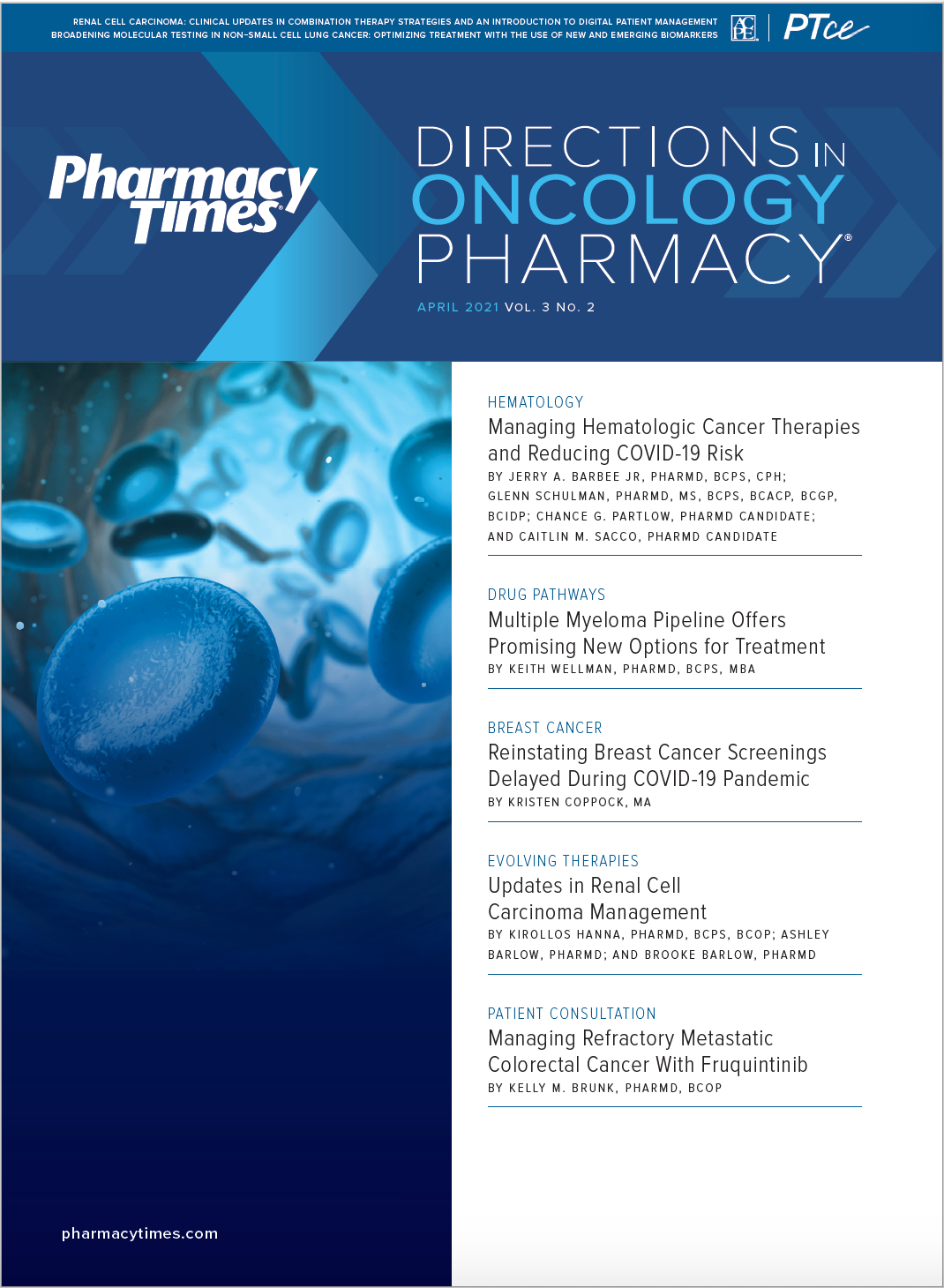Publication
Article
Pharmacy Practice in Focus: Oncology
Personalizing Neoadjuvant and Adjuvant HER2-Targeted Therapy for Breast Cancer
Author(s):
Understanding breast cancer and which patients may be more vulnerable to long-term treatment effects and which patients may benefit most, can help oncologists design the best personalized neoadjuvant and adjuvant human epidermal growth factor receptor 2 (HER2)-targeted therapy.
Debu Tripathy, MD, of The University of Texas MD Anderson Cancer Center in Houston, discussed the basic requirements of personalizing therapy in a session at the 38th Annual Miami Breast Cancer Conference®. These requirements include the following:
- Knowledge of the natural history of the disease
- Known effective therapies, or the differential impact of several therapy options
- Characterized toxicities, including vulnerable populations and risk factors
- Clinical or biomarker factors that predict benefit
- Risk-adapted or biomarker-adapted trials that demonstrate differential benefits and safety
According to Tripathy, trials can help inform new standards that allow for the de-escalation or escalation of therapy from the beginning of or during “real time” of the patient’s course of treatment.
“We can design a single-arm trial with a statistical plan,” Tripathy said. “If we see a good enough outcome, we might be able to adopt them into our practice.”
Specifically, Tripathy noted the differences in adaptive therapy and the escalation and de-escalation in HER2-positive early-stage breast cancer. T1/smaller T2 or paclitaxel plus trastuzumab is used as adjuvant therapy in node-negative breast cancers. Docetaxel, carboplatin and trastuzumab (TCH) is considered for larger node-negative. When the disease is node positive, one should consider chemotherapy with trastuzumab plus pertuzumab, Tripathy said.
Further, neoadjuvant therapy, which involves chemotherapy with trastuzumab plus pertuzumab, is the best option for T2-positive/N1-positive disease, according to Tripathy. Following this, surgery and pathological complete response (PCR; trastuzumab +/– pertuzumab) vs no PCR (T-DM1 every 3 weeks x 14) are typically considered. For higher-risk disease (hormone receptor–positive), neratinib should be considered.
Tripathy also discussed the physiology of trastuzumab-related cardiac dysfunction. Trastuzumab is an antibody that targets HER2 proteins, and because HER2 is expressed at low levels on adult myocytes, it can lead to a stress-induced progressive wall dilatation, which is thinning and decreased contractility, according to Tripathy.
REFERENCE
Tripathy D. Personalizing neoadjuvant and adjuvant HER2-targeted therapy. Presented at: 38th Annual Miami Breast Cancer Conference®; March 4-7, 2021; Virtual.







